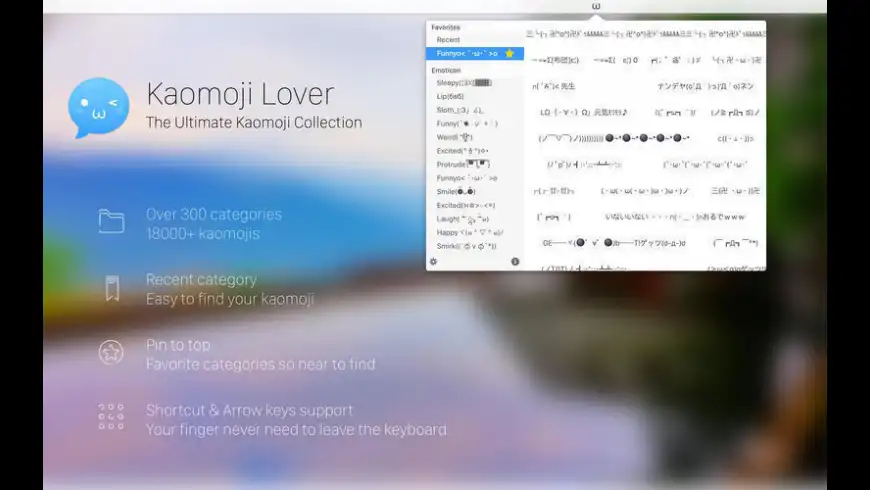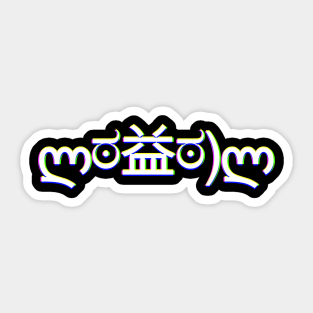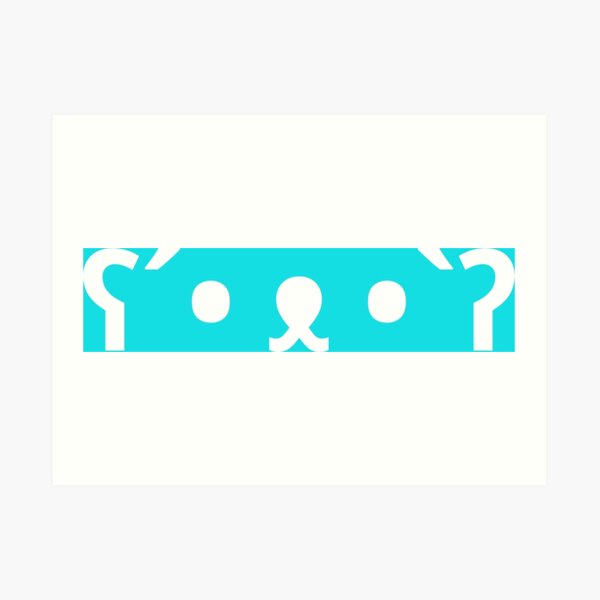Apr 10, 2021 Text art generator.
Joy is associated first of all with emotions such as smile, laughter, pleasure, delight and so on. In the Japanese emoticons, this emotion is expressed with the eyes that are high up. Usually, the authors use symbols in the form of apostrophes, upper strokes, and lines ^,  ̄, ´ to indicate the eyes.
Objects of Love. These emoticons aren’t really faces, rather objects associated with love like a rose or love letter. I really like the proposal kaomoji. The girl emoticon looks really surpised to be receiving an engagement ring! These objects of love emticons are perfect to share with someone important to you. Emojis are much more than just little symbols on keyboard. It can help to add actual emotion to what we type when text won’t do. So does the cute emoji combinations. That’s why I list these emoji combination ideas, to shed some lights on which ones to use on your social media status, on a special post or text, or your Instagram bio, telling your stories.
Kaomoji Love Hug


There are also other symbols responsible for denoting the emotion eyes. In this case, the expression of kaomoji’s mouth also speaks volumes. For example, young girls most often use the “omega” symbol – ω depicting the mouth in the emotions. Japanese girls consider such an emoji very cute, as they call them “kawaii.” The triangular symbols ▽ and ∀ are also often used to depict the mouth. They also resemble a human smile. In addition to eyes and the mouth, the Japanese like to use various special effects in the form of tears, stars, and other elements. They try to convey even more expression to their interlocutors using them.
| (* ^ ω ^) | (´ ∀ ` *) |
| (o^▽^o) | (⌒▽⌒)☆ |
| ヽ(・∀・)ノ | (´。• ω •。`) |
| (o・ω・o) | (@^◡^) |
| (^人^) | (o´▽`o) |
| ( ´ ω ` ) | (((o(*°▽°*)o))) |
| (´• ω •`) | (^▽^) |
| ╰(▔∀▔)╯ | (─‿‿─) |
| (✯◡✯) | (◕‿◕) |
| (⌒‿⌒) | \(≧▽≦)/ |
| (*°▽°*) | ٩(。•́‿•̀。)۶ |
| (´。• ᵕ •。`) | ( ´ ▽ ` ) |
| ヽ(>∀<☆)ノ | o(≧▽≦)o |
| \( ̄▽ ̄)/ | (*¯︶¯*) |
| (o˘◡˘o) | (★ω★)/ |
| (╯✧▽✧)╯ | o(>ω<)o |
| ( ‾́ ◡ ‾́ ) | (ノ´ヮ`)ノ*: ・゚ |
| (๑˘︶˘๑) | ( ˙꒳˙ ) |
| (´・ᴗ・ ` ) | (ノ◕ヮ◕)ノ*:・゚✧ |
| (⁀ᗢ⁀) | (¬‿¬ ) |
| ( ˙▿˙ ) | (¯▿¯) |
| 。.:☆*:・'(*⌒―⌒*))) | `;:゛;`;・(°ε° ) |
| 。゚( ゚^∀^゚)゚。 | (o´∀`o) |
| ヽ(o^ ^o)ノ | (☆▽☆) |
| ヽ(*⌒▽⌒*)ノ | ╰(*´︶`*)╯ |
| ٩(◕‿◕)۶ | (〃^▽^〃) |
| (๑˃ᴗ˂)ﻭ | °˖✧◝(⁰▿⁰)◜✧˖° |
| (* ̄▽ ̄)b | ٩(◕‿◕。)۶ |
| <( ̄︶ ̄)> | ( ̄ω ̄) |
| ヽ(*・ω・)ノ | (*´▽`*) |
| (≧◡≦) | (⌒ω⌒) |
| (*^‿^*) | (*≧ω≦*) |
| ヽ(o^▽^o)ノ | (✧ω✧) |
| ( ̄▽ ̄) | (☆ω☆) |
| \(^▽^)/ | (^ヮ^)/ |
| o( ❛ᴗ❛ )o | (b ᵔ▽ᵔ)b |
| (*꒦ິ꒳꒦ີ) | („• ֊ •„) |
| (¬‿¬ ) | ☆*:.。.o(≧▽≦)o.。.:*☆ |
| (o_ _)ノ彡☆ | ∑d(°∀°d) |
| ☆ ~('▽^人) | (っ˘ω˘ς ) |
| 。゚(TヮT)゚。 | (.❛ ᴗ ❛.) |



Traditionally, the symbol of heart – ♡ is used for denoting love in all cultures. In this case, the Japanese are no different from the Americans or Russians, except that they added a few of their characters to the heart. For example, symbols ノ~ ♡ represent the air kiss if used together with the heart. In addition, the Orientals use “chu” word to depict a kiss. The Japanese believe that this is what our “smack”, “mwah”, and “kisses” sound like in their language.
If you study the selection of kaomoji depicting love, you can note that there are a lot of symbols in the form of a star * and o letter. Japan’s youth uses them to depict blush. These symbols are often used together with ノ, ノ, /, , and ヽ symbols. The slanted lines are intended to represent the hand covering the smiley’s face due to embarrassment. Together with the “hands”, symbols in the form of “ε” are also used to depict the mouth as if a person puckers up their lips for a kiss. Such kaomoji are usually sent to someone they want to hug and kiss. There is a joke among Japanese girls that these emoticons resemble perverts very much.
Kaomoji Love Cute
| (ノ´ з `)ノ | (♡μ_μ) |
| (♡-_-♡) | ( ̄ε ̄@) |
| (─‿‿─)♡ | (´。• ᵕ •。`) ♡ |
| (´ ω `♡) | ♡( ◡‿◡ ) |
| (ღ˘⌣˘ღ) | (♡°▽°♡) |
| (´• ω •`) ♡ | (´ ε ` )♡ |
| ╰(*´︶`*)╯♡ | (*˘︶˘*).。.:*♡ |
| (≧◡≦) ♡ | (⌒▽⌒)♡ |
| ♡ (˘▽˘>ԅ( ˘⌣˘) | ( ˘⌣˘)♡(˘⌣˘ ) |
| σ(≧ε≦σ) ♡ | ♡ (⇀ 3 ↼) |
| (˘∀˘)/(μ‿μ) ❤ | ❤ (ɔˆз(ˆ⌣ˆc) |
| Σ>―(〃°ω°〃)♡→ | (´,•ω•,)♡ |
| ( ´ ∀ `)ノ~ ♡ | (。・//ε//・。) |
| ♡ ~('▽^人) | ( ´ ▽ ` ).。o♡ |
| (っ˘з(˘⌣˘ ) ♡ | ٩(♡ε♡)۶ |
| (°◡°♡) | (*^^*)♡ |
| ヽ(♡‿♡)ノ | (*♡∀♡) |
| (◕‿◕)♡ | ♡(。- ω -) |
| (´。• ω •。`) ♡ | (♡˙︶˙♡) |
| (*¯ ³¯*)♡ | (/^-^(^ ^*)/ ♡ |
| ♡ ( ̄З ̄) | (´♡‿♡`) |
| ☆⌒ヽ(*'、^*)chu | (/▽\*)。o○♡ |
| ♡\( ̄▽ ̄)/♡ | (❤ω❤) |
